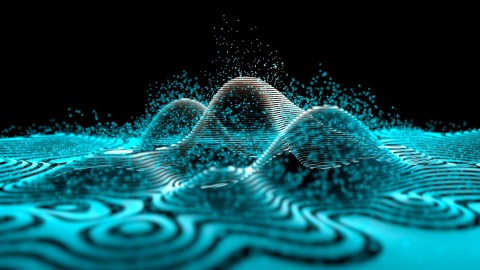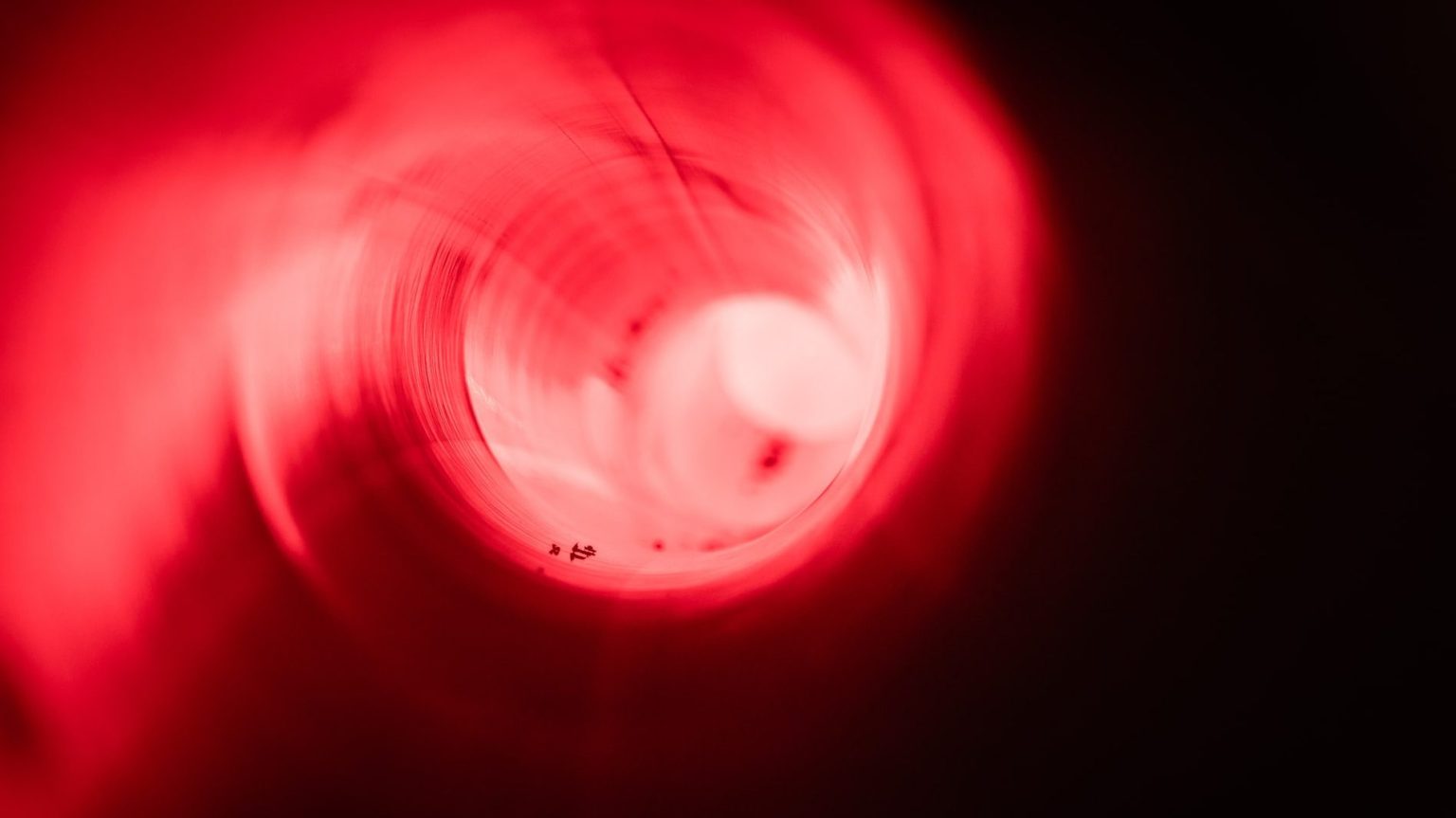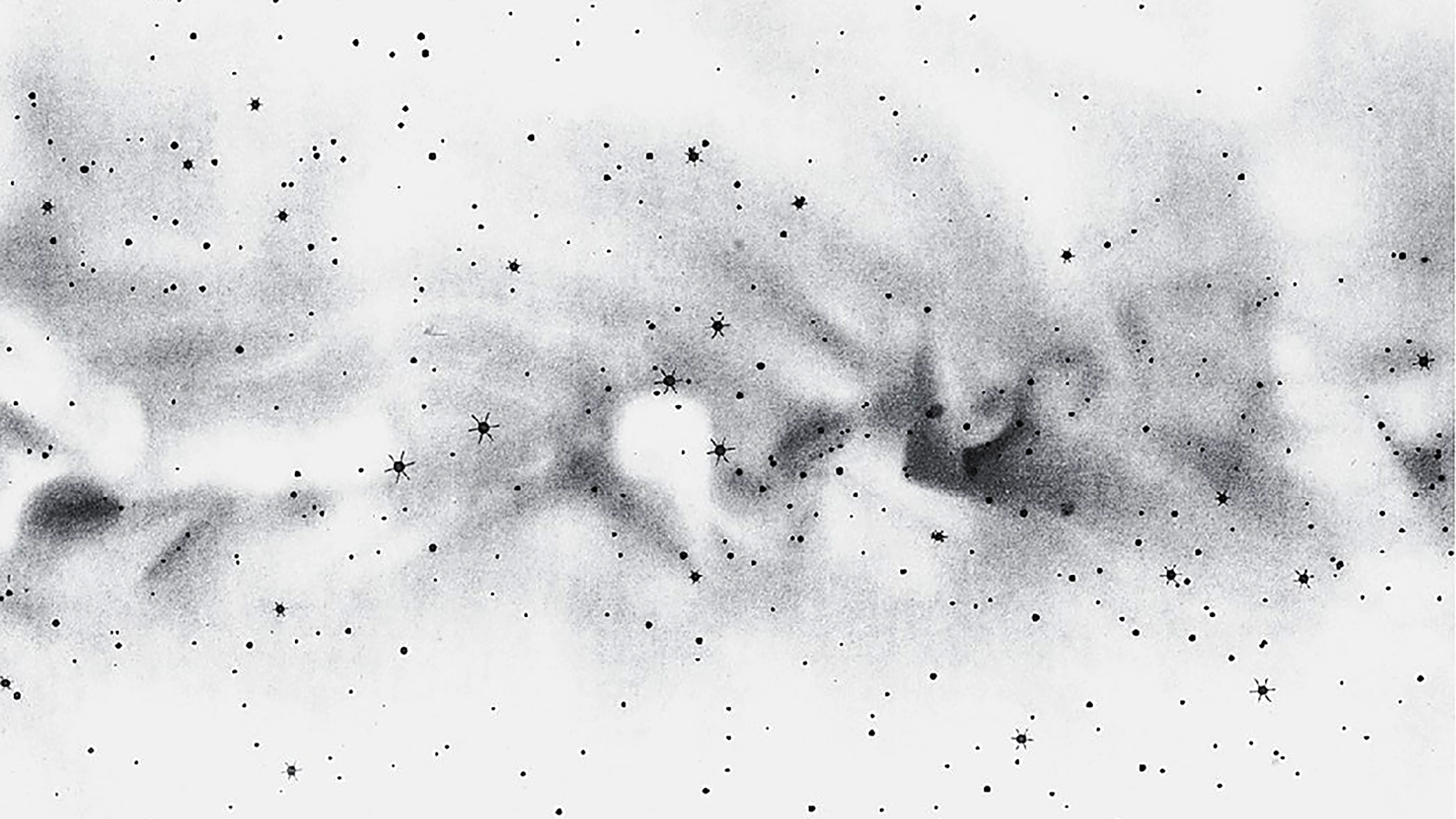Quantum nothingness might have birthed the Universe

- What is in the “nothing” of space?
- Modern physics tells us there is no such thing as nothingness.
- Out of the vacuum of space, particles come and go. Our entire Universe might even have emerged out of it.
We can define physical reality pragmatically as all that which exists in the cosmos, and there is no such thing as complete emptiness in it. Quite the opposite, it seems that the more we learn about nature, the busier space becomes. We can contemplate the idea of a metaphysical emptiness, a complete void where there is nothing. But these are concepts we make up, not necessarily things that exist. Even calling nothingness a “thing” makes it into something. Leucippus and Democritus, the Greek philosophers credited with the invention of atomism — that everything is made of tiny bits of matter that cannot be divided — suggested the joint existence of atoms and the void. Atoms make up everything that exists, but they move in a complete emptiness, the void.
Fields that link the Universe
As an exercise in the always evolving way we figure things out about the world, we can make a list of the things we know fill up empty space. (The list does change. For example, 120 years ago, it would have included the ether, the medium in which light was supposed to propagate.) Starting with classical physics, the key concept is that of a field. A field is a spatial manifestation of a source. If an object sensitive to the field is placed within its range, it will respond in some way, usually by being attracted to or repelled by the source that creates the field.
In classical physics we know of only two forces, gravitational and electromagnetic. Every object with mass attracts every other object. You attract and are attracted by everything that exists — by butterflies and whales, by the Sun and all the planets of this Solar System and across the Universe. The intensity of an object’s gravitational field grows in proportion to its mass and decays with the square of the distance to it. In that sense, space is filled with interconnected fields that link us to the rest of the Universe.
Gravitational fields extend their threads to all corners of space. Since fields carry energy, we can say that space is filled with the energy of these gravitational fields. Electromagnetic fields also have energy, of course. But since electric and magnetic forces can be attractive and repulsive, they usually are neutralized and rarely manifest themselves at great distances.
A whole lot of nothing going on
At the quantum level, space gets even busier. Indeed, quantum physics tells us there is no such thing as zero energy. In the world of atoms and subatomic particles, movement is constant, and there is an energy associated with a particle’s residual motion called zero point energy, or vacuum energy. If we now connect this fact to the famous E=mc2 formula, which states that energy and matter may be interconvertible, it is possible for particles of matter to spring out from the energy of the vacuum — the energy of empty space.
The Universe itself could emerge in this way, as we have discussed. The fact that matter may come out of what we would call “nothing” shows that the “nothing” of quantum physics is far from a complete void. Virtual particles appear and disappear like bubbles in a boiling soup. In the current view of quantum physics, the void bubbles continuously with the creation and destruction of matter particles.
We met the concept of fields in classical physics, but it carries over to quantum physics with even more dramatic effects. We no longer refer to particles, in fact, but to the fields that create them. An electron or a proton is an excitation of the electron or the proton fields, respectively, like small waves drifting on the surface of a lake. Particles are pictured as knots of energy moving in their fields, with physical properties like mass.
The physical picture that emerges is that of space filled with quantum fields that boil up with real and virtual particles. As the Fox said to the Little Prince in Antoine de Saint-Exupéry’s fable, “What is essential is invisible to the eyes.” This is as true for love and friendship as it is for the “nothingness” of space.





